Heavy snow on Arborvitae
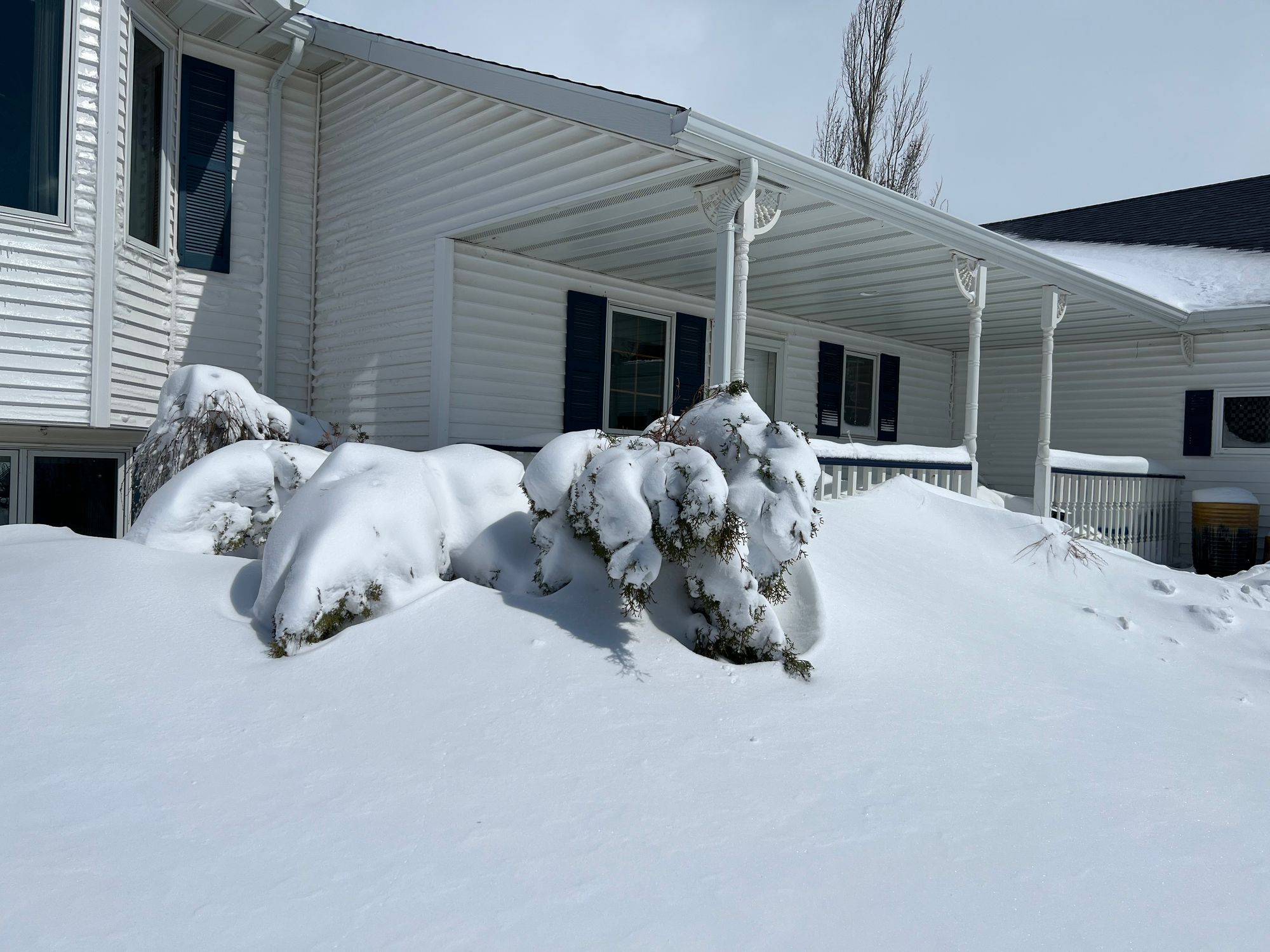
Arborvitae, also known as the Eastern Arborvitae, is a great addition to any landscape. They are hardy and can withstand a lot of abuse. Recently, we have had a lot of snow in our area, and I noticed that some of the Holmstrup Arborvitae branches were starting to bend under the weight of the snow. The best course of action is to let the snow melt off naturally. Branches can be cracked if you try to remove the snow manually.
Arborvitae trees are known for their ability to "spring back" after being bent over from the weight of snow. This is due to a type of reaction wood that these trees produce. Reaction wood is a specialized type of tissue that helps the tree to recover from heavy loads. Arborvitae trees are able to produce this type of wood because they have a special type of cambium, known as the vascular cambium. This cambium is responsible for the growth of new cells in the tree. The cells produced by the vascular cambium are different from other cells in the tree. They are thicker and have more cellulose. This makes them stronger and better able to resist the force of the snow.
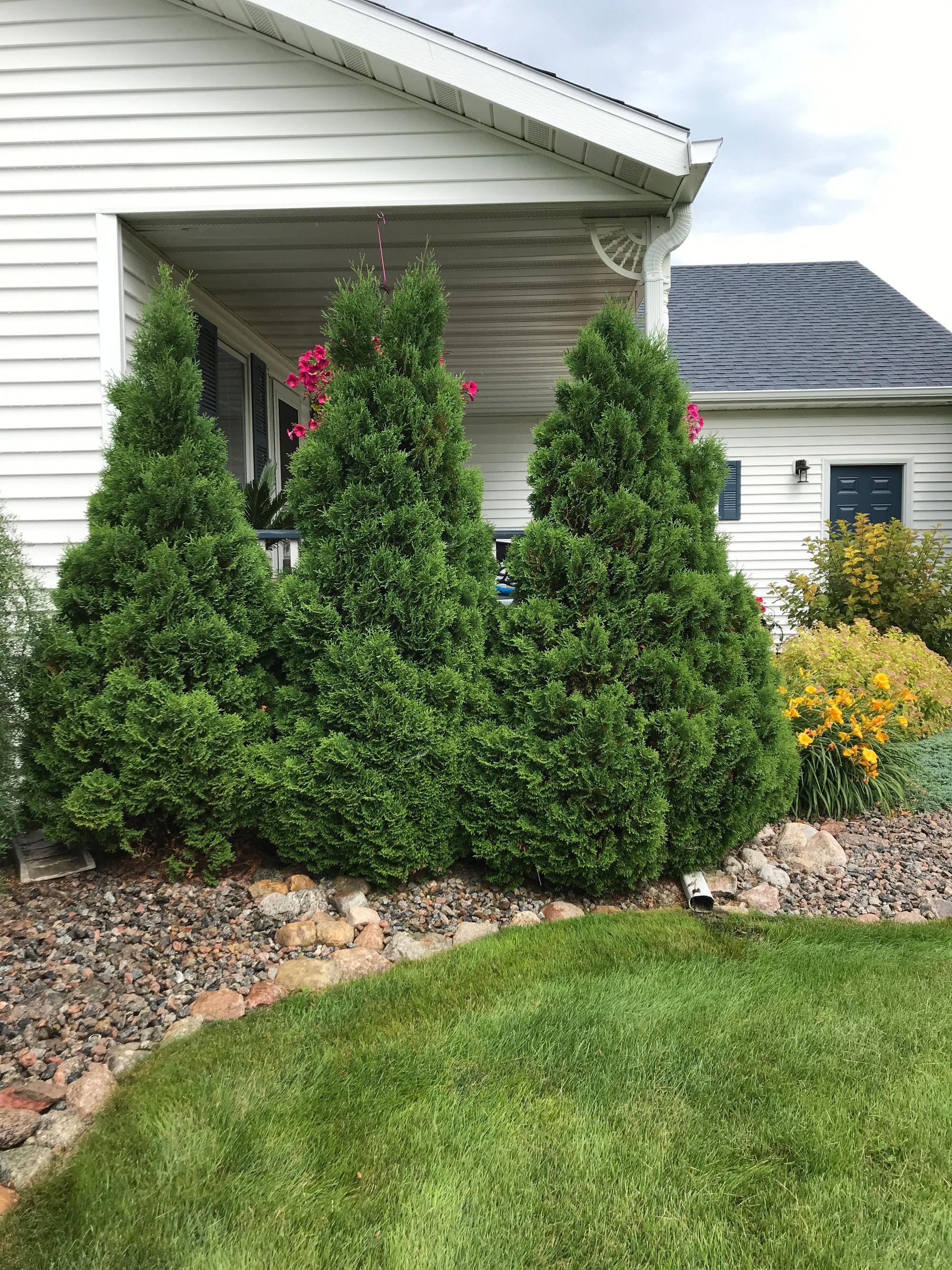
Arborvitae trees are not the only ones that produce reaction wood. Other types of trees, such as pines and fir trees, also produce this type of wood. However, arborvitae trees are especially known for their ability to produce reaction wood.
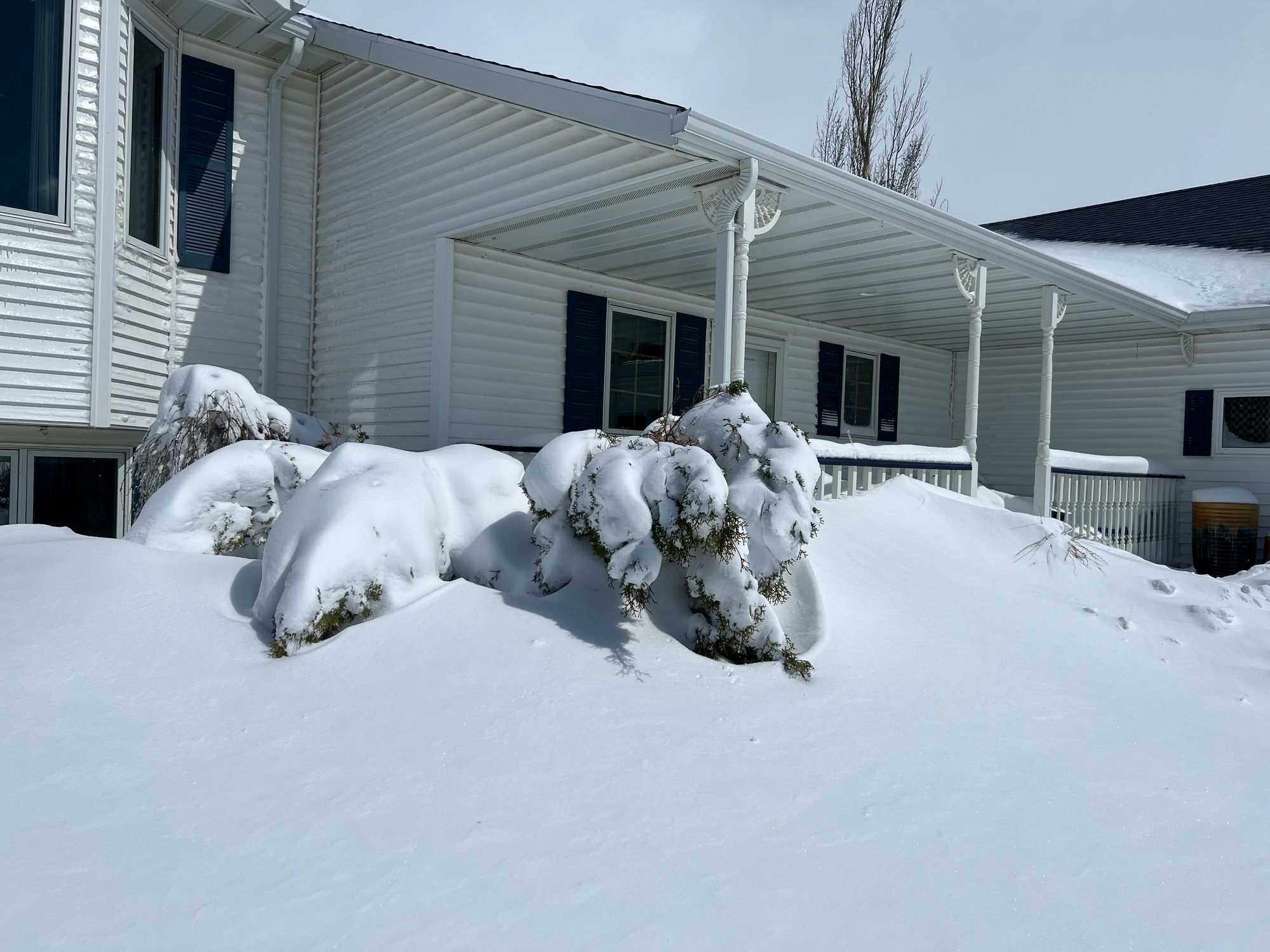
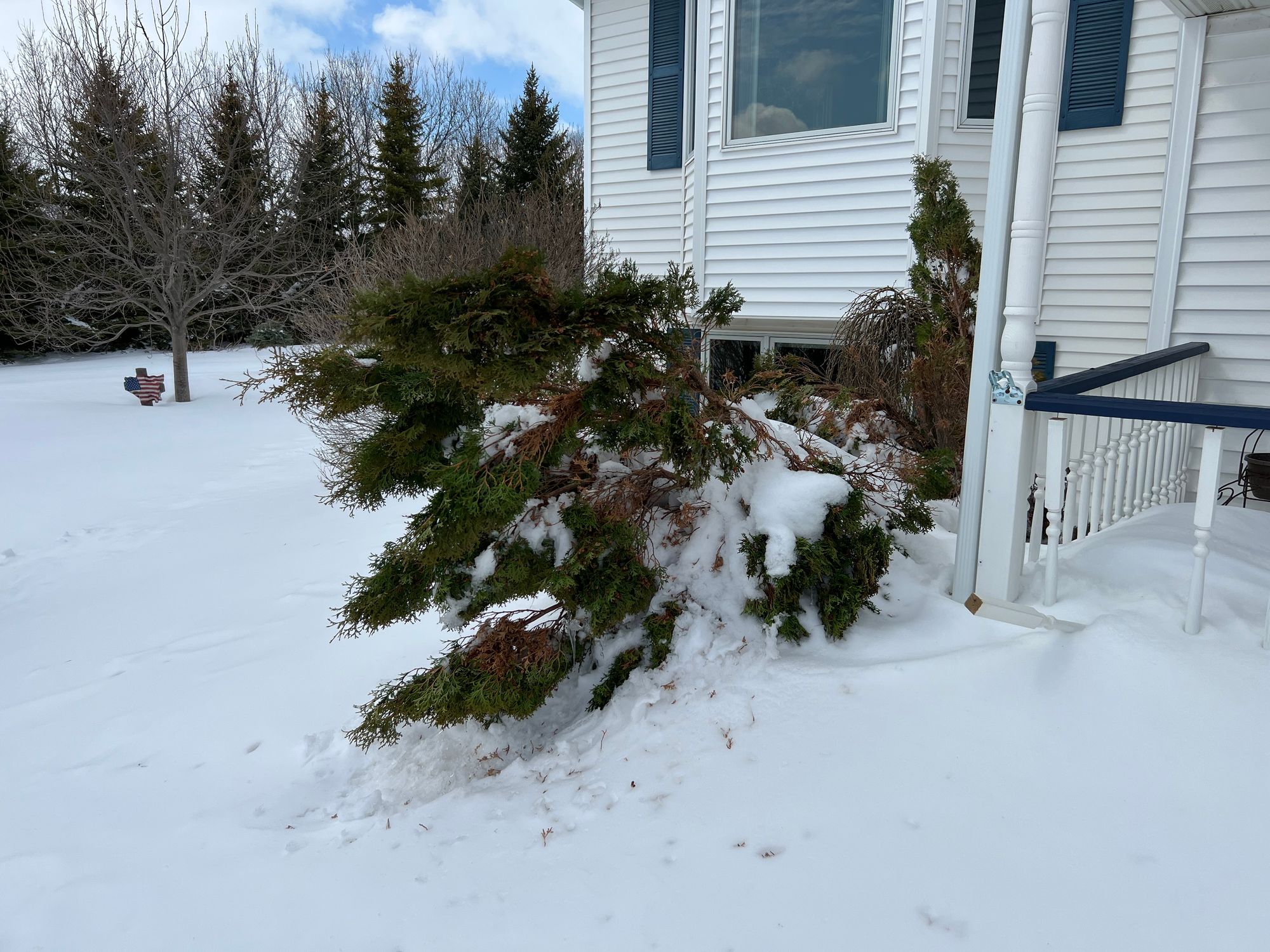
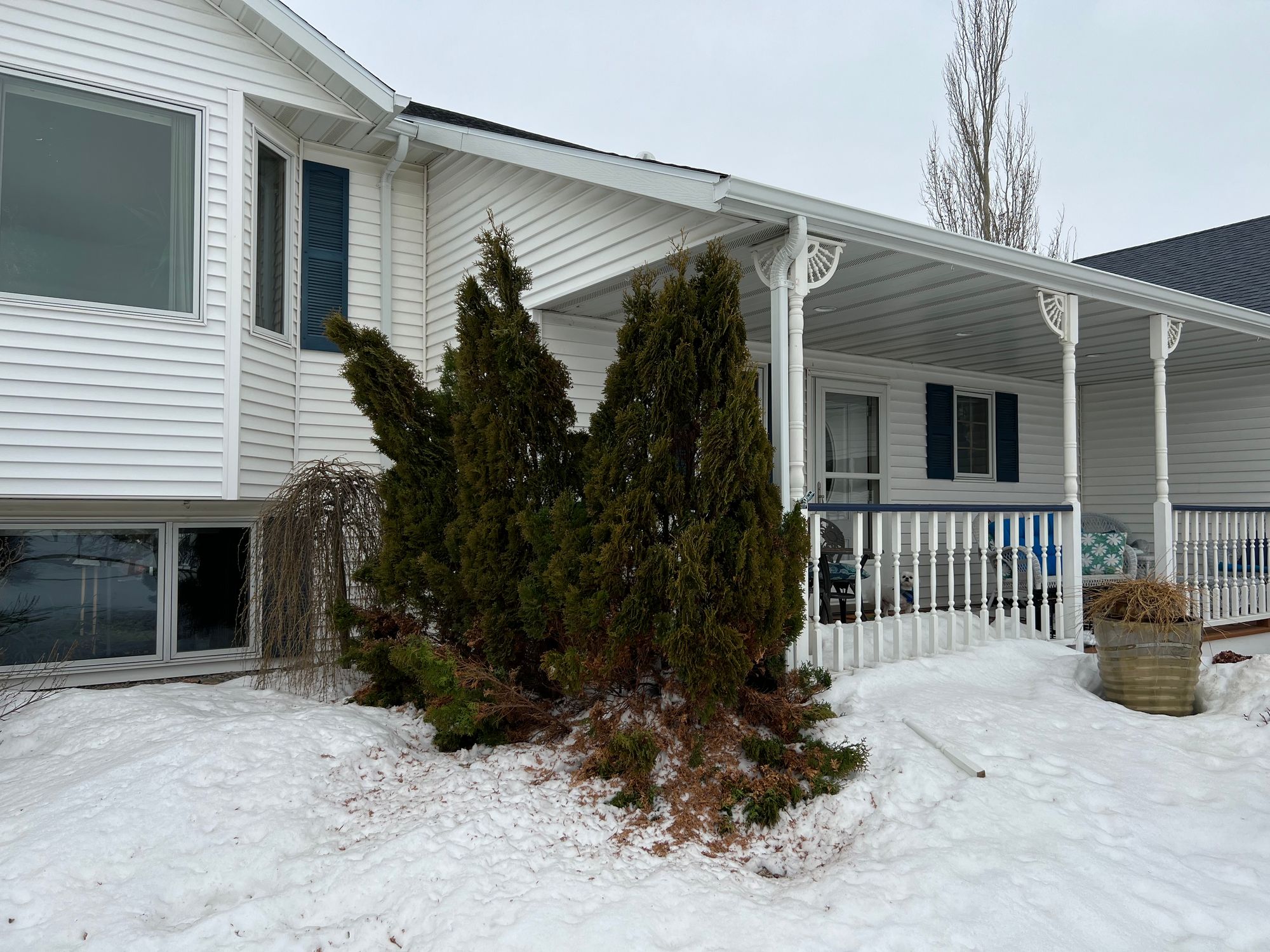
There are several varieties of arborvitae that are known to be more resistant to heavy snow loads than the Holmstrup variety. These include:
- Degroots Spire
- Technito
- Techny
Thanks for reading!
Heavy Snow on Arborvitaes Part II. How did the Holmstrups turn out?
